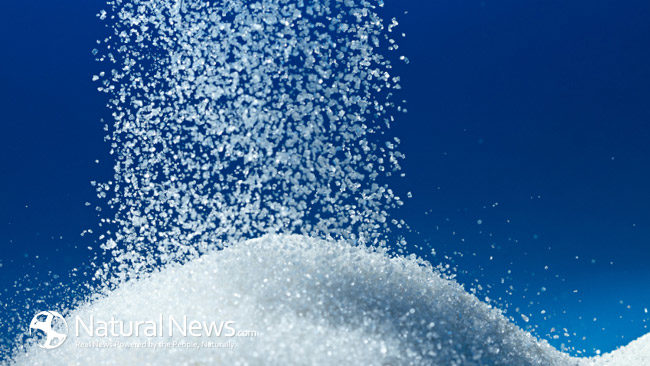Every cancer death is a tragedy, and none are acceptable. This preventable disease is caused by multiple deficiencies and toxicities, and although sugar is regarded as a fuel for already existing cancers, new research suggests that it can also be a primary factor in the initiation of cancer. In this study, noncancerous (but damaged) human breast cells were exposed to high levels of glucose, which led to overexpression of glucose transporter type 3 (GLUT 3) receptors. This then caused an activation of oncogenic signalling pathways, and consequently a loss of tissue polarity and increased growth. However, reduction of glucose uptake in malignant cells arrested growth, re-organised the tissue and suppressed oncogenic pathways. Reducing glucose concentration from 17.5mM (millimoles) to 5.5mM resulted in almost no difference, while a decrease to 1.75mM began to restore polarity, suppressed some oncogenic pathways and inhibited growth. Additionally, a concentration of 0mM completely arrested growth and severely reduced oncogenic signalling activity. Examination of 2 other breast cancer cell lines suggested that the “master” regulator of transformation into a malignant form was the high level of sugar/sugar uptake, not the specific glucose transporter.
The findings from this study are one reason why the ketogenic diet has been found to be successful in the treatment of cancer. But despite them, hospitals still encourage chemo”therapy” patients to eat a high-sugar diet; and the average American consumes 160 pounds of sugar each year. Around 200 pounds of grain products are also eaten, most of which breaks down into sugar during digestion. As this partially explains the high rate of cancer diagnoses (1 in 2 men and 1 in 3 women, according to the Cancer Council), reducing one’s sugar intake is highly recommended. One method of doing this is to regularly use recipes for meals approved for the ketogenic diet, without completely adhering to it. Even though carbohydrate intake is tightly restricted, some fruit is allowed and there are still some “legal” desserts.
Coconut Lime Popsicles
Ingredients: 500g unsweetened coconut milk beverage, at room temperature
25g fresh lime juice
20g unsweetened shredded coconut, preferably finely shredded
7.5g melted coconut oil
The recipe also adds 15g of Truvia, but this can be substituted for the natural sweetener Stevia
-Combine all ingredients and ensure that the stevia has dissolved and everything is suspended evenly; then pour into the bags or molds of choice and freeze.
Blueberry Chia Jam
Ingredients: 450g frozen blueberries
2 tablespoons of chia seeds
1 tablespoon of stevia
A pinch of salt
-Bring to a boil over high heat, boil for 5 minutes while stirring and then allow it to cool before pouring into a jar.
Apple and Almond Butter Cereal
Ingredients: 38g almond “butter”, raw almonds ground at home
30g unsweetened apple sauce
9g melted coconut oil
0.2-1g cinnamon (add to taste)
A pinch of salt
-Combine and stir well.
These and other recipes for the ketogenic diet, from snacks to dinners, can be found at The Charlie Foundation.





